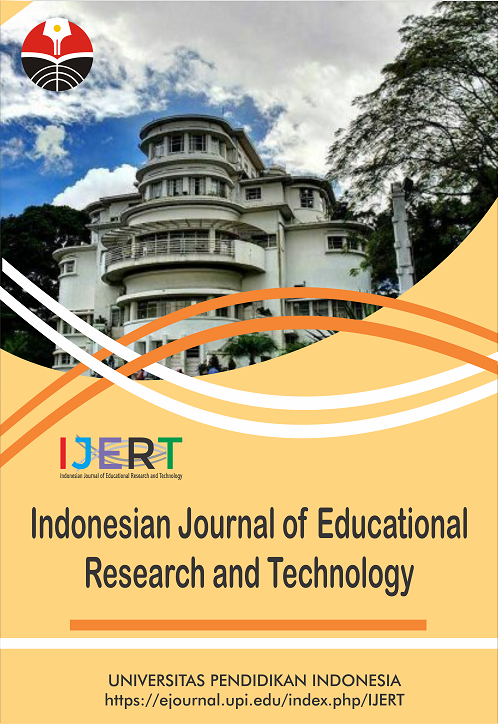Utilization of E-Resources for Learning Among Undergraduates
Abstract
This study determined the utilization of e-resources for learning among undergraduates. The study adopted descriptive research of the survey type. The population for this study consists of all National Open University of Nigeria (NOUN) undergraduates. Proportional sampling techniques were used to allocate many respondents in each NOUN centre based on their estimated population using Israel Model. The instrument for data collection was an adapted questionnaire. Descriptive and Inferential statistics were used to answer the research question and test the stated hypotheses with the aid of statistical product and service solution (SPSS) version 20.0 at a 0.05 level of significance. The findings indicated that undergraduate students had positive utilization of E-resources for learning. No significant difference exists in the undergraduate students’ utilization of E-resources for learning based on gender and digital age. The study concluded that learning can be enhanced among undergraduate students if appropriate resources are deployed for learning. Therefore, it was recommended that undergraduate students be encouraged to deploy e-resources for learning irrespective of their gender.
Keywords
Full Text:
PDFReferences
Ali, G., Haolader, F. A., and Muhammad, K. (2013). The role of ICT to make teaching-learning effective in higher institutions of learning in Uganda. International Journal of Innovative Research in Science, Engineering and Technology, 2(8), 61-73.
Aramide, K. A. and Bolarinwa, O. M. (2010). Availability and use of audiovisual and electronic resources by distance learning students in Nigerian universities: a case study of national open university of Nigeria (NOUN). Library Philosophy and Practice (E-Journal), 6(18),393.
Imhonopi, D., and Urim, U. M. (2011). Maximiing ICT for quality research and teaching in tertiary institutions in Nigeria. Journal of Society and Development, 1(3), 44-58.
Khan, M. S. H., Hasan, M., and Clement, C. K. (2012). Barriers to the introduction of ICT into education in developing countries: The example of Bangladesh. International Journal of Instruction, 5(2), 61-80.
Kim, Y. K., Yoo, K., Kim, M. S., Han, I., Lee, M., Kang, B. R., and Park, J. (2019). The capacity of wastewater treatment plants drives bacterial community structure and its assembly. Scientific Reports, 9(1), 1-9.
Kirk, M., and Zander, C. (2004). Narrowing the digital: in search of a map to mend the gap. Journal of Computing Sciences in Colleges, 20(2), 12-30.
Knight, N. (2013). Enhancing access to library resources at Northern Caribbean university through an e-library initiative. The Electronic Library, 31(6), 753-769.
Lim, C. P., Ra, S., Chin, B., and Wang, T. (2020). Information and communication technologies (ICT) for access to quality education in the global south: A case study of Sri Lanka. Education and Information Technologies, 25, 2447-2462
Majid, S. and Tan, A. I. (2012). Usage of information resources by computer engineering students: a case study of Nanyang Technological University, Singapore. Online Information Review, 26(5), 318-325.
Mathew, D., Joro, I. D., and Haruna, M. (2015). The role of information communication technology in Nigeria education system. International Journal of Research in Humanities and Social Studies, 2(2), 64-68.
DOI: https://doi.org/10.17509/ijert.v3i1.44731
Refbacks
- There are currently no refbacks.
Copyright (c) 2022 Universitas Pendidikan Indonesia

This work is licensed under a Creative Commons Attribution-ShareAlike 4.0 International License.







.png)




